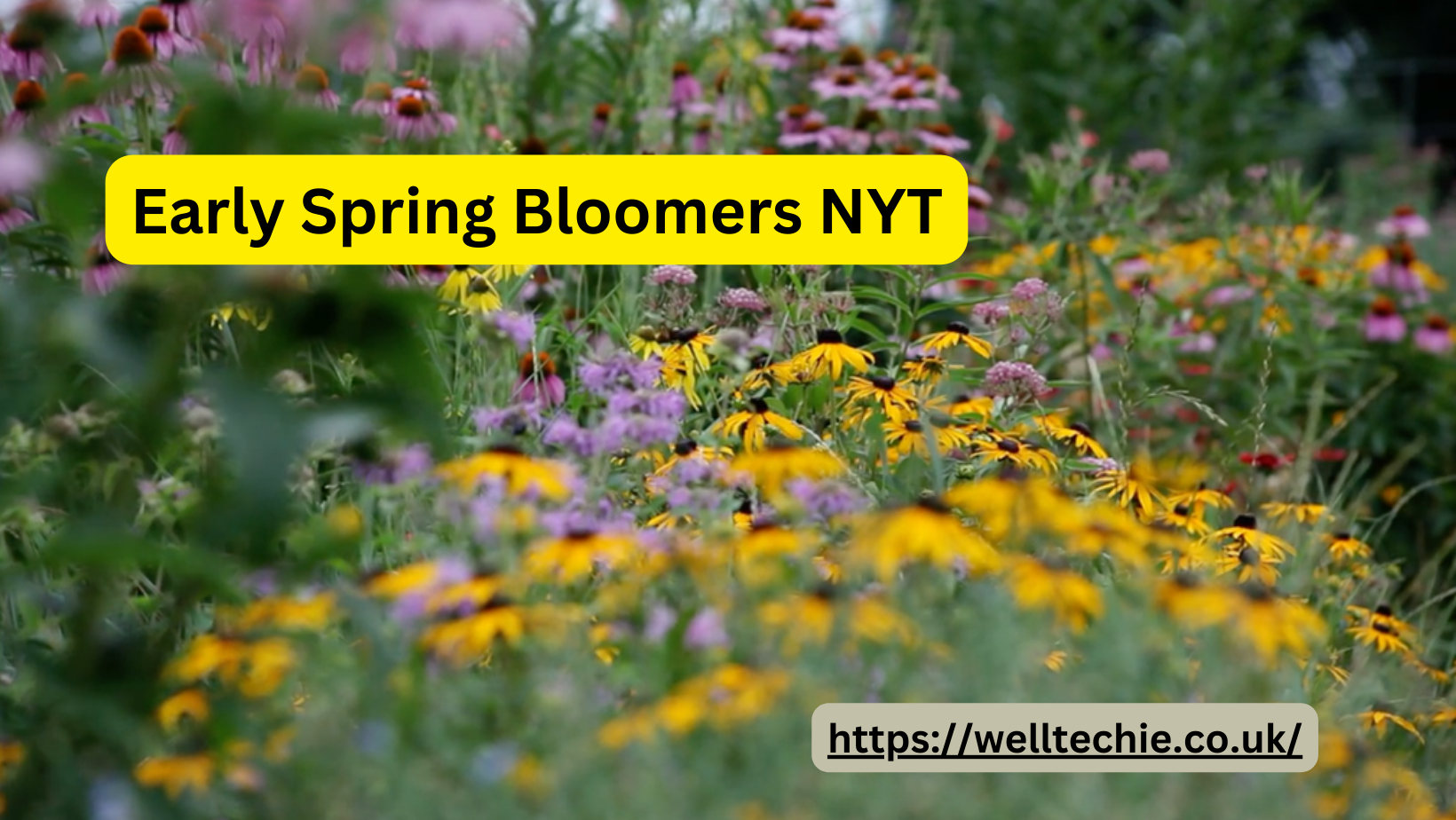As winter fades, the promise of spring begins to emerge, bringing with it a vibrant tapestry of colors and scents. One of the most delightful aspects of this transition is the appearance of early spring bloomers. In this article, we’ll explore the best early spring bloomers, why they are significant, and how to incorporate them into your garden, inspired by insights from the New York Times (NYT).
The Importance of Early Spring Bloomers NYT: Reviving Gardens and Spirits
Early spring bloomers are not just a feast for the eyes. They play a crucial role in revitalizing our gardens and lifting our spirits after a long winter. These hardy plants are among the first to break through the thawing soil, often blooming as early as late February to March. The New York Times emphasizes their significance in gardens and landscapes, highlighting how they can transform a dull winter scene into a vibrant spring display.
These blooms serve multiple purposes. They attract pollinators such as bees and butterflies, which are vital for a healthy ecosystem. Additionally, they provide essential food sources for these creatures during their early foraging period. When choosing early spring bloomers, consider varieties that not only add beauty but also support the local wildlife.
Top Early Spring Bloomers NYT Recommends for Your Garden
Crocus
One of the most recognizable early spring bloomers, crocuses bring a splash of purple, yellow, and white to gardens. According to the NYT, these hardy bulbs can push through snow, symbolizing hope and resilience. They are perfect for naturalizing in lawns or planting in clusters for a stunning effect.
Daffodils
Known for their cheerful yellow flowers, daffodils are another favorite featured in the New York Times. These bulbs are easy to grow and multiply each year, creating a vibrant display with minimal effort. Daffodils also have the added benefit of being deer-resistant, making them a smart choice for many gardeners.
Hyacinths
With their intense fragrance and dense flower clusters, hyacinths are a sensory delight. The NYT recommends them for garden borders or pots, where their scent can be enjoyed up close. Available in various colors, they bring both beauty and aroma to early spring gardens.
Snowdrops
Snowdrops are delicate yet resilient. These white blooms often emerge through the last remnants of snow, signaling that spring is truly on its way. The New York Times notes their ability to thrive in shaded areas, making them perfect for woodland gardens or under trees.
Tulips
While tulips bloom slightly later than some of the other early spring bloomers, they are worth the wait. Available in virtually every color and shape, tulips can create a stunning focal point in any garden. The NYT advises planting them in groups for the most dramatic effect.
Grape Hyacinths
Also known as Muscari, grape hyacinths are charming little bulbs that produce clusters of tiny, bell-shaped flowers. They are easy to care for and can naturalize in gardens. The New York Times highlights their unique shape and color, which adds interest to early spring landscapes.
How to Care for Early Spring Bloomers NYT Style
Caring for early spring bloomers is essential to ensure they thrive and return year after year. Here are some tips inspired by the NYT gardening experts:
Soil Preparation
Ensure your garden soil is well-drained and enriched with organic matter. Most early spring bloomers prefer slightly acidic to neutral pH levels. Adding compost can help improve soil fertility and drainage.
Watering
Early spring bloomers generally require regular watering during their active growing season. However, be careful not to overwater, as this can lead to bulb rot. A good rule of thumb is to water when the top inch of soil feels dry.
Mulching
Applying a layer of mulch around your early spring blooms can help retain moisture, suppress weeds, and regulate soil temperature. Organic mulch options like shredded leaves or straw are excellent choices that will break down and enrich the soil over time.
Deadheading and Pruning
Once your early spring bloomers have finished blooming, be sure to deadhead the flowers to encourage new growth. Allow the foliage to remain until it turns yellow, as this process helps the bulbs store energy for the next season.
Fertilization
While many early spring bloomers don’t require much fertilization, a light application of a balanced fertilizer in early spring can promote vigorous growth and more abundant blooms. Follow the recommendations on the fertilizer packaging for best results.
Read More:
- Hailey Welch Net Worth: Exploring Her Success and Financial Growth
- How VAT Compliance Can Save Your Client’s Business from Costly Penalties
- Immediate 1000 Proair The Ultimate Guide to Respiratory Relief
- Workbrain CVS Revolutionizing Workforce Management for Enhanced Efficiency
- Techheadz.co.uk Archives: Your Go-To Resource for Tech Enthusiasts
Conclusion
Incorporating early spring bloomers into your garden is a wonderful way to celebrate the arrival of spring. Inspired by the New York Times, these flowers not only beautify your space but also contribute to a healthy ecosystem. By selecting the right plants and providing proper care, you can enjoy a vibrant garden that heralds the new season with color and life. Embrace the joy of early spring bloomers and let them brighten your garden and spirit!









